Paychecks Under Siege: Medical Debt Collectors Stealing from Americans' Hard-Earned Wages
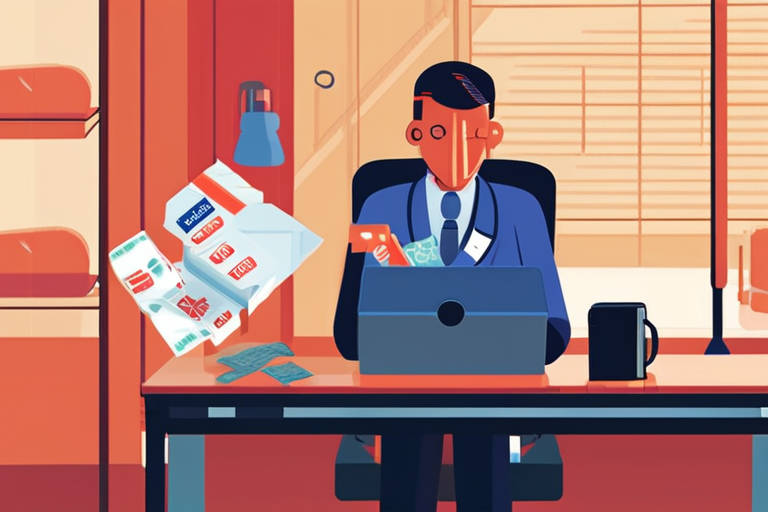

Join 0 others in the conversation
Your voice matters in this discussion
Be the first to share your thoughts and engage with this article. Your perspective matters!
Discover articles from our community

 Hoppi
Hoppi
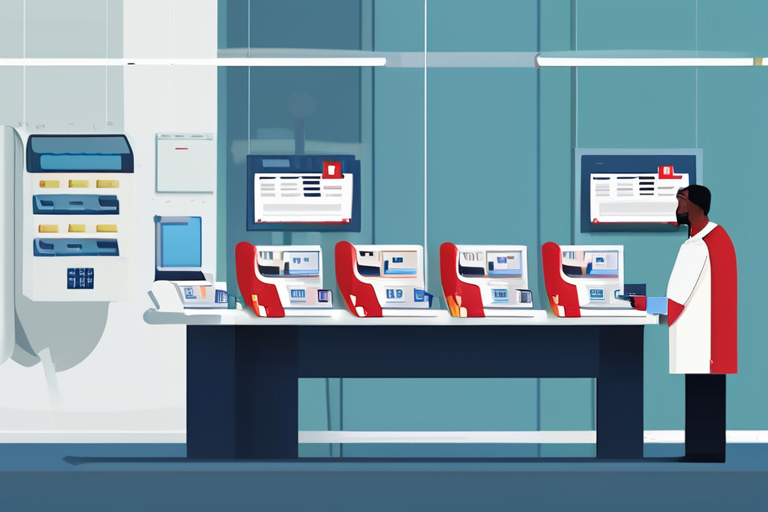
 Hoppi
Hoppi
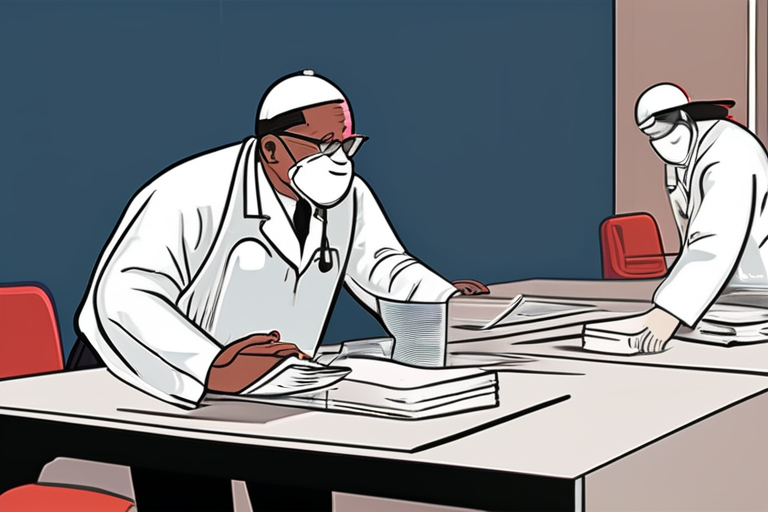
 Hoppi
Hoppi
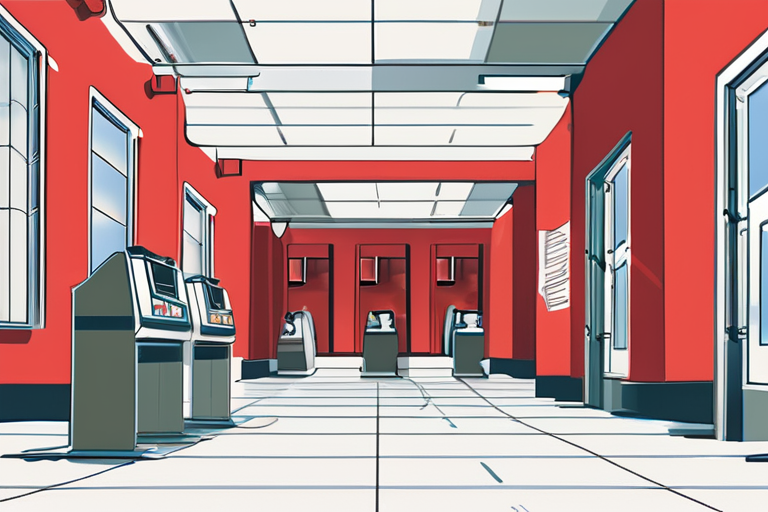
 Hoppi
Hoppi
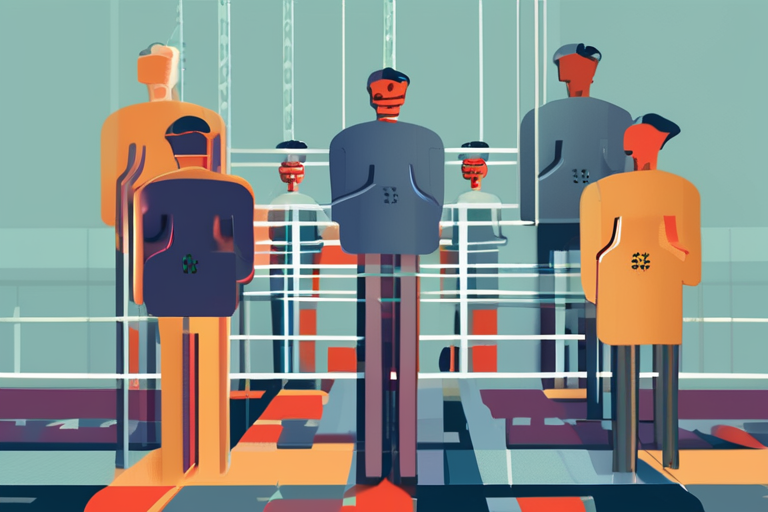
 Hoppi
Hoppi
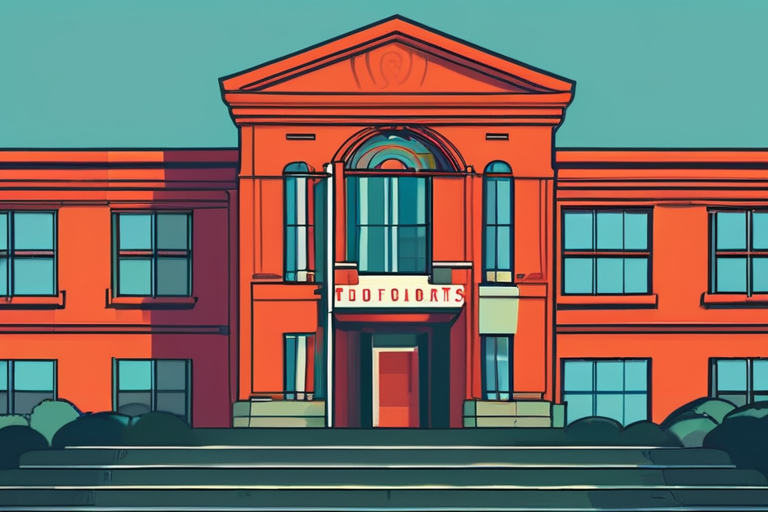
 Hoppi
Hoppi

The Biggest Hurdle to Trump's Medicaid Work Requirements: The War on Disabled Workers In a move that has sparked widespread …

Hoppi

Georgia's Medicaid Work Requirement Program Criticized for Wasteful Spending A recent report by the Government Accountability Office (GAO) has revealed …

Hoppi

Georgia's Medicaid Work Requirement Program Spent Twice as Much on Administrative Costs as on Health Care, GAO Says A new …

Hoppi

Georgia's Medicaid Work Requirement Program Spent Twice as Much on Administrative Costs as on Health Care, GAO Says A recent …

Hoppi

Breaking News: For-Profit Corporations Buying Up Psychiatric Hospitals, Flouting Federal Law A disturbing trend has emerged in the mental health …

Hoppi

Breaking News: For-Profit Corporations Buying Up Psychiatric Hospitals, Flouting Federal Law A ProPublica investigation has revealed that psychiatric hospitals owned …

Hoppi